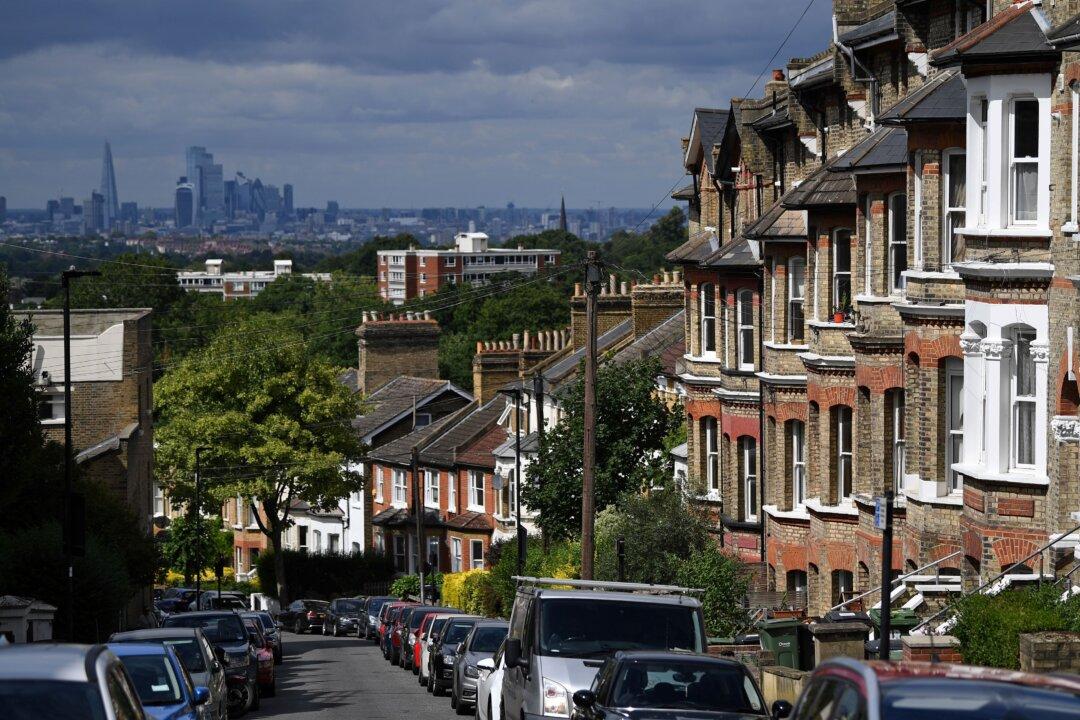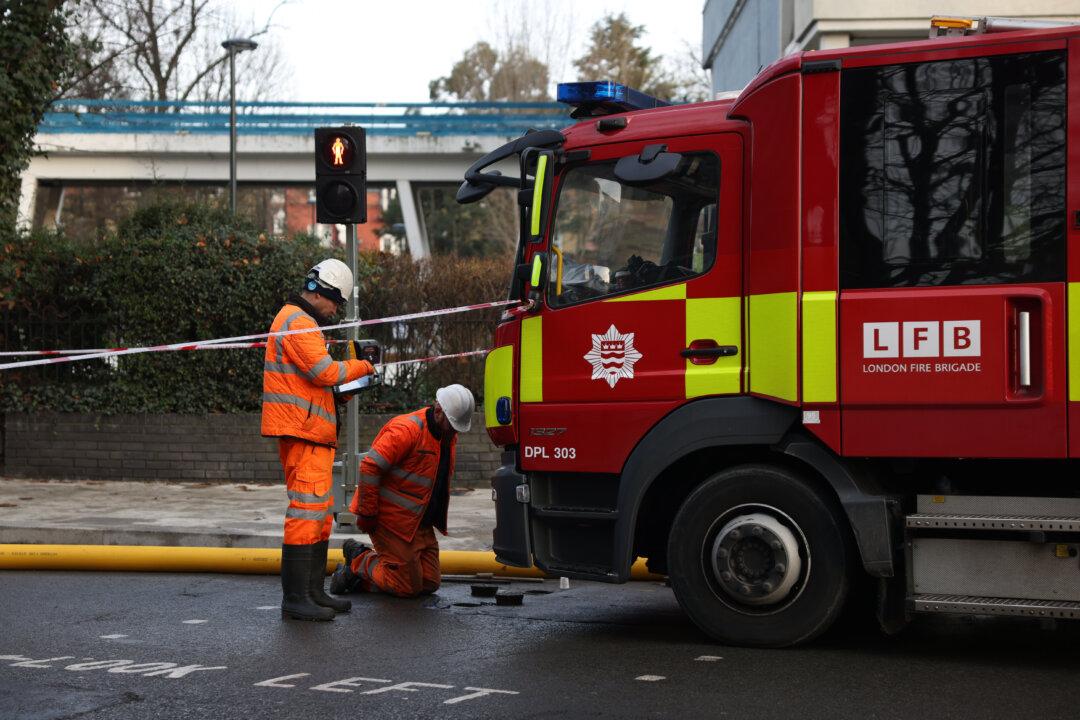The number of homeowners in arrears and properties being repossessed jumped in the first quarter of this year, as mortgage costs soared amid repeated interest rate hikes.
According to figures from trade body UK Finance, some 750 homeowner mortgaged properties were taken into possession in the first quarter of 2023, a 50 percent increase from the previous three months.





